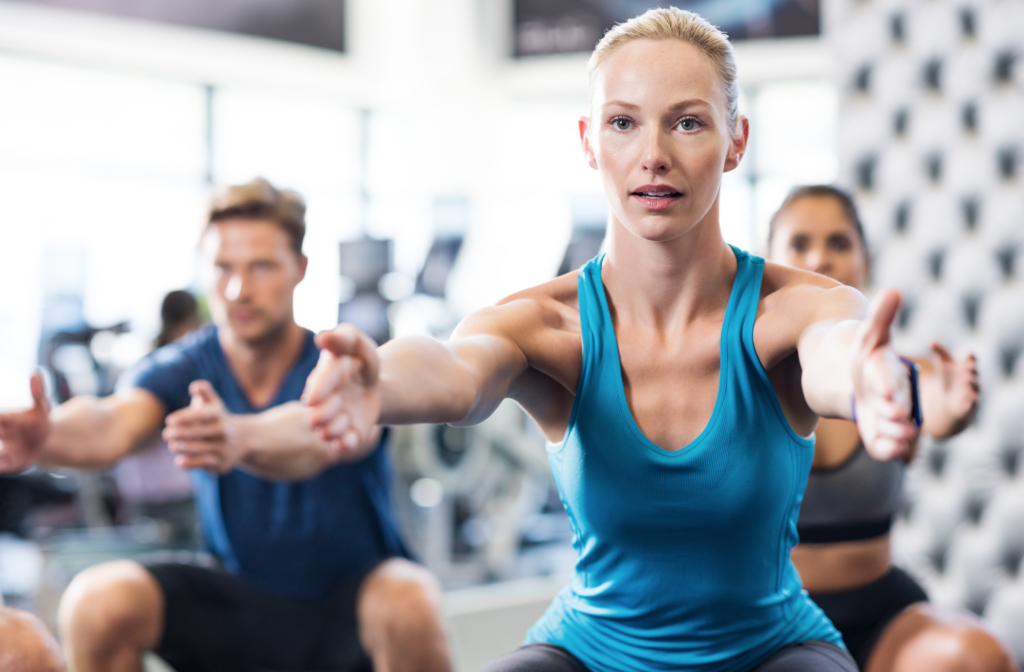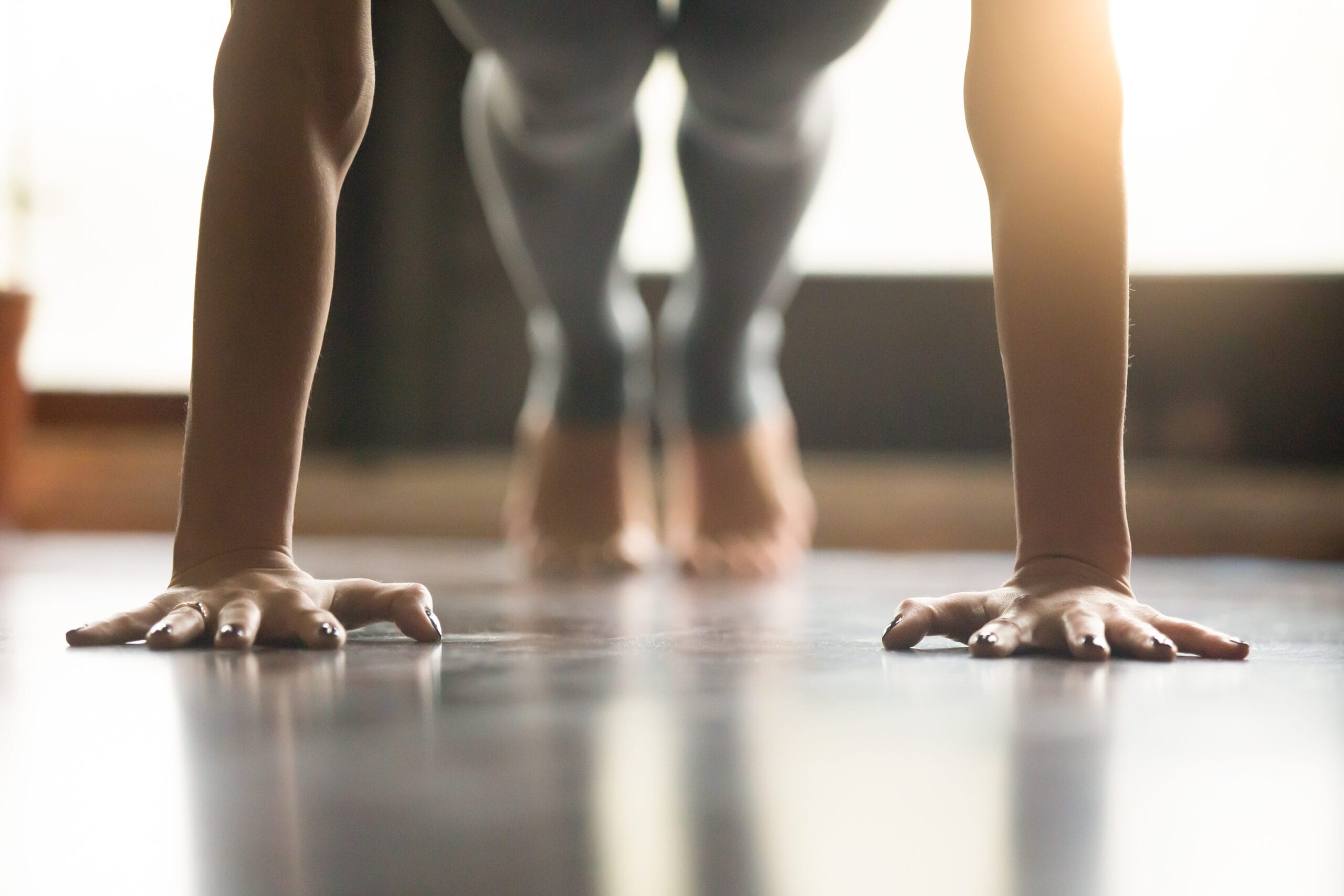
A faster metabolism should, theoretically, make it easier to burn calories and lose weight. It should also, again theoretically, give you a little more wiggle room in your diet.
You know, so you don’t have to record and account for every calorie you consume just to maintain your current weight.
There are boat-loads of supplements out there claiming to increase your metabolism- some may work, many don’t. Even the ones that do help often involve consuming bitter powder drinks or taking daily pills.
Luckily, we can save our money because there’s a natural, guaranteed way we can all increase our metabolism- it’s called exercise.
But when it comes to torching calories and increasing your metabolism, not all exercise is created equal. Some exercise methods and strategies work better than others.
In this article, I’ll be discussing a few strategies that can help you get the most out of your workouts when it comes to increasing your metabolism.
And these are strategies most will be able to implement immediately.
#1 Workout In The Morning
The age-old debate as to whether it’s better to workout in the morning vs the evening will continue to go on and we’ll always have proponents on both sides who swear their method is the best.
If you ask me, the most important thing is that you workout to begin with, regardless of what time of day it is.
But…
If you ask me again, theoretically, it makes sense that working out in the morning could be a little more beneficial.
It shouldn’t be a surprise to you that exercising burns calories and increases your metabolism some. After all, metabolism is simply the rate at which our bodies are using energy and burning calories.
The more you do, the more energy you need.
Exercising in the morning allows you to wake your body up and speed your metabolism up for the remainder of the day, depending on what type of workout you do (more on this in a sec).
Exercising in the evening, your metabolism will still increase, but will be offset by the natural slowing down of your metabolism that occurs as we sleep.
So, if you really want to get your metabolism going, start your day off with a workout. Not only will you feel more energized and awake, but your metabolism will be in overdrive, burning more calories throughout the day than you otherwise would be.
#2 Hit The Weights
I know there are a lot of folks out there that either don’t like or don’t feel comfortable lifting weights. If you’re new to weight lifting, there’s a bit of a learning curve, but the results are worth the effort.
Resistance training builds muscle and muscle tissue requires more energy to function than other tissue types (like fat).
This means that having more muscle on your body increases your resting metabolism.
It’s win-win when you think about it: you burn calories during your workout and then your muscle tissue continues to burn more calories throughout the day.
I think resistance training should be included in everyone’s workouts, but if you’re looking to lose weight or burn more fat, you should spend AT LEAST as much time hitting the weights as you do doing cardio.
And we’re not talking doing a little gentle resistance band work 2x/week (although that’s better than nothing).
No, if you want to get the most metabolism increasing benefits of weight training, you need to lift heavier than you may be accustomed to.
Remember, you’re lifting with the goal of increasing the amount of muscle tissue your body has.
To do this, you should be using weights- barbells and dumbbells, you know, good ol’ fashioned iron.
Try starting with 3 sets (10, 8, 6) for each exercise with the goal of increasing the weight for each set. One exercise for each body part is a good start, but feel free to add more as you are ready.
#3 High Intensity Interval Training (HIIT)
Few exercise strategies have been shown to burn as many calories and increase your metabolism for extended periods afterwards as HIIT workouts.
The idea is you alternate between intense bouts of exercise (high intensity intervals) and rest periods throughout your workout.
This results in your heart rate elevating to near-maximal values more often than it would during more traditional workouts where you may jog or cycle at a moderate pace.
Doing this stresses your body, requiring more energy to repair and replenish all the muscles. Like weight training, you can burn a ton of calories during the workout, but your metabolism continues to be elevated for hours-days afterwards.
The fancy name for this is excess post-exercise oxygen consumption (EPOC) and it’s a well-studied phenomenon.
Again, it just means you’re burning more calories even though the workout is finished. Some studies have shown that the increased metabolic effects can last for almost 2 days post-workout.
The only thing is, HIIT is challenging because you have to workout at an intensity high enough to get your heart rate up to at least 80% of your heart rate max (for a quick estimate of what your heart rate max is, take your age and subtract it from 220).
There are a million different ways to do HIIT workouts. You can make your own body weight intervals, shorten the rest periods during your weight lifting routine, or use a cardio machine designed for HIIT.
As long as your heart rate is up and your rest times are short, you’re on the right track.
#4 Incorporate Full Body Moves
This tip goes hand-in-hand with weight lifting and HIIT workouts, but using full body moves that are working multiple muscle groups at the same time are going to burn more calories and speed up your metabolism more than single muscle moves.
A lot of HIIT workouts utilize full body moves for this reason (think CrossFit).
There are plenty of exercises that count as “full body” and you don’t need to do all of them. I suggest you pick a few and work them into your routine.
Get creative, don’t always use the same one.
For example, if it’s shoulder day, instead of doing a standard overhead dumbbell presses, why not do thrusters instead? You’ll still hit your shoulders, but you’ll get your legs and core involved and you’ll burn a heck of a lot more calories.
Here are a few examples of full body moves I like (and hate because they’re so effective) to use:
- Burpees
- Kettlebell (or dumbbell) swings
- Thrusters
- Squats
- Lunges
- Deadlifts
- Pretty much anything TRX related
#5 Exercise More Often
Lifting weights and HIIT workouts are great, effective ways to put your metabolism into overdrive. But in order to get the full benefit, you have to exercise frequently.
In a perfect world, this means at least 5x/week.
I know, I know, that’s why I said in a “perfect” world. I realize most of us aren’t getting 5 workouts in a week. With kids and life, I know it’s hard.
And for those that have all the time in the world to exercise as much as they want, I hate you (just kidding).
But seriously, if you’re looking to lose weight or burn more calories, increasing the amount of workouts you’re getting in each week is a necessity.
This could mean going from 2 workouts/week to 3. Or from 3 to 5. If you’re already working out 4-5 days/week and still not seeing the results you want, it could just be you have to switch your routine up (and implement some of the strategies mentioned).
It could also mean taking a closer look at what you’re eating.
Increasing workout frequency is a good thing, but keep in mind you shouldn’t do HIIT workouts every day. If you’re truly working out at the high intensity these workouts aim for, then your body needs some time to rest in-between.
Especially if you’re just starting out.
Try mixing in some weight lifting on your off days. Right now, I’m on a schedule where I lift Monday, Wednesday, and Friday. On Tuesday and Thursday I do the equivalent of a HIIT workout on my Peloton.
If I miss a day during the week, I can use Saturday as a backup.
This works well for me (for the time being anyway)- find a routine that works for you. Try to make it as entertaining as possible too, that way it won’t feel as much like work.


